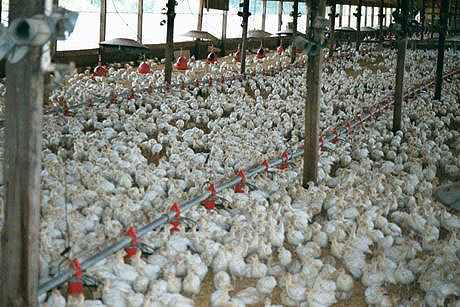
For many people, Thanksgiving and Christmas dinner mean ‘Roast Turkey’. Every year in the US the president saves one turkey from slaughter. But what about the 46 million other turkeys that are eaten each Thanksgiving in America?
The horror of turkey ‘farms’
Worldwide, 640 million turkeys are killed for food each year. The US produces almost half of turkey meat eaten globally. Sadly, 99% of these turkeys are raised in CAFOs or factory farms.
Thousands of turkeys are crammed together in warehouses. They do not have room to graze and roost. Instead, fighting and pecking each other is common. To stop this, the turkeys have their beaks and toes cut off. This can result in infection and sometimes death.
Genetically modified, the turkeys grow at very fast rates. They reach their slaughter weight of 15-25 pounds in just 14-18 weeks. A wild turkey lives for an average of 5 years. Their bones are too weak to support their weight and the turkeys are often crippled and barely able to walk. In addition, their breasts are so large that they cannot mate naturally.
Turkey slaughter for Thanksgiving
The workers grab turkeys by their legs and thrown them into open-sided wooden crates. The crates are loaded onto trucks for transport to the slaughterhouses. In the US, it is legal to transport turkeys for up to 28 hours without water, food or rest. Many turkeys die ‘on the road’ from exposure to extreme cold or heat.
In the slaughterhouse, the turkeys hang by their legs on a moving rail. Then, the turkeys are dipped in a bath of electrified water to stun them unconscious. As stunning is not required in the US, this step can be missed and the birds are left fully awake. Next, an automated blade cuts their throats. Finally, the turkeys are scalded in a tub of boiling water.
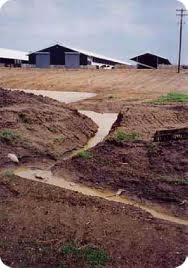
Turkeys pollute air and water
Each CAFO holds up to 60,000 turkeys. This huge number of turkeys in one place has a very bad impact on air and water quality. Turkey manure is one of the biggest problems for water and air pollution. Manure run-off pollutes local water supplies with poisons such as nitrogen, phosphorous, hormones and antibiotics. Poisonous gases and heavy dust particles pollute the air. Turkey manure also attracts flies, cockroaches and rats.
Sick CAFO workers and locals
In the US, CAFOs are usually located in poor, rural communities. The residents are often desperate for work. Many are illegal immigrants who work for low wages and in poor conditions. Seventy percent of CAFO workers earn wages below poverty level. They breathe in dust and toxic gases that cause diseases like asthma and bronchitis. Dangerous, repetitive work causes accidents and muscle problems. Many workers end up with missing fingers or severe muscular pain.
Living next-door to a CAFO is unpleasant and unhealthy. Locals complain of ‘chest tightness, wheezing, runny nose, scratchy throat, burning eyes, headaches and plugged ears’. They talk about the horrible stench, buzzing flies and scavenging rats. Manure spills and leaks into the water supply are commonplace. People living near factory farms suffer from depression and stress more than normal.
Turkey’s High Carbon Footprint
The average turkey weighs 8.4 kg or 18.5 pounds and has a carbon footprint of 91 kilos of CO2e. This means it has the fifth highest carbon footprint of any food, just after lamb, beef, cheese and pork. About half of this carbon footprint comes from the CAFO, a quarter from processing and under a quarter from home cooking.
Worldwide, the global carbon footprint of 640 million turkeys is 58,500 million kilos of CO2e or 58.5 million tonnes CO2e. This is more than the total carbon dioxide emissions of the country of Sweden!
Turkey, arsenic and bugs
Factory farms are the perfect breeding grounds for bacteria. At least 3 million Americans get sick from ‘dirty’ meat and poultry every year. In August 2011, Cargill recalled 36 millions pounds of turkey due to salmonella contamination. Over-use of antibiotics in CAFOs leads to the development of antibiotic-resistant super-bugs.
Animal feed often contains dioxins, PCBs, arsenic and cancer-causing poisons. Turkey fat soaks up these poisons and passes them into the food chain. Turkeys also feed on the ground-up bodies of diseased turkeys. Turkeys are given arsenic in the form of the antibiotic roxarsone. It kills parasites and enhances the pink color of the flesh. Poultry feed is the biggest cause of arsenic in our food and water supply. Fresh turkey also contains BPA, the plastic linked to hormonal disorders.
Turkey is a low-fat meat but roasting at Thanksgiving adds butter, high in saturated fat. Saturated fats increase the risk of high cholesterol and heart disease. Eating a diet low in animal fats is a healthier option.
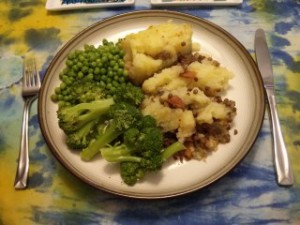
Just say NO to turkey this Thanksgiving!
Let’s send a message to Big Food that we don’t like cruel turkey farming that is bad for turkeys, our health and our planet.
There are lots of alternatives to a Thanksgiving Turkey. Have a browse on the internet or a look through your cookery books for vegetarian menus. Here’s a vegan loaf that looks tasty and filling, or try my recipe for the ultimate comfort food of Vegan Shepherd’s Pie. If you’re not much of a cook, why not try some of the great options from the supermarket such as Tofurkey or Quorn Turk’y. And some vegan restaurants sell a complete takeaway Vegan Thanksgiving meal at a price!
So what are your plans for Thanksgiving Dinner this year? Love to get your comments!
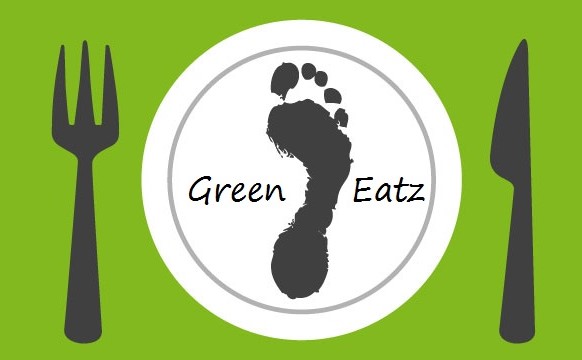
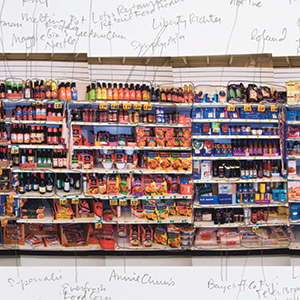
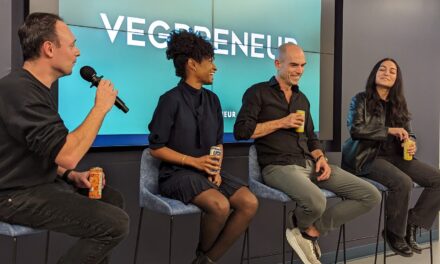
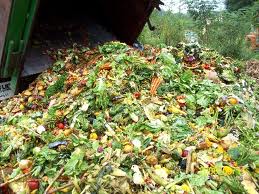
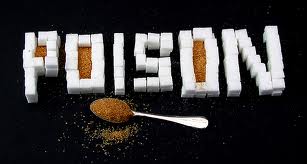

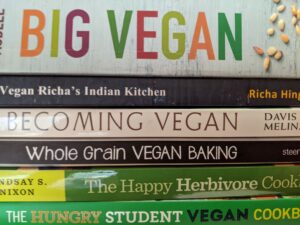
Hi Jane! Thank you for your article. I’m doing a research study for my Master’s project on turkey breeding associated with animal welfare, greenhouse gas emissions (pollution) and food waste. I’d really appreciate it if you had and shared any more insight on this topic apart from what you’ve mentioned here already. Thank you!
I’m sure you know more than me on this subject!
What a sad meal
Is it alright to eat a farm raised free range organic turkey, chicken,hog, or beef.
Well, I wouldn’t! But, up to you…
Hi Mi Muba, Yes, it is very tragic that slaughtering an animal is seen as a fitting way to celebrate. In the UK, there is the annual Harvest Festival that celebrates the harvesting of grains and produce without any animal slaughter, so it does happen. A nice idea to celebrate by planting a tree.
Thanks for your comment, Jane
Does it suite to technological advance civilized nations to kill a living being for their awhile rejoicing. I don’t know why we love to cut something on every occasion of joy. In several cultures around the globe animals are slaughtered on religious rituals, on birthday even when can’t avoid to cut the cake.
Not a single tradition found anywhere in the world where a community celebrates a day of joy by planting a tree. Still we believe we are fit for sustainable living.
Comments from previous version of Green Eatz
Jeff on 11/16/2011 18:11
Great article Jane … and here are the links to those special-meal alternatives:
https://www.tofurky.com
https://www.quorn.us/products/Turk'y_Roast.aspx
Cheers, Jeff
Robin on 11/17/2011 05:53
Spot on Jane – when people buy ready-wrapped turkey from a supermarket, or at a restaurant or in a sandwich they just do not realise the suffering that went in to get there. Let’s get this out again in time for Christmas too….
Jane of Green Eatz on 11/17/2011 13:40
Hey Jeff and Robin. Thanks for your support. I think many people are becoming more aware of the tragedy that is factory farming, so the more info we can share the better.
Regards Jane
Chantale on 11/17/2011 15:03
Thanks Jane for keeping us informed! Hopefully more people will become aware like this 🙂